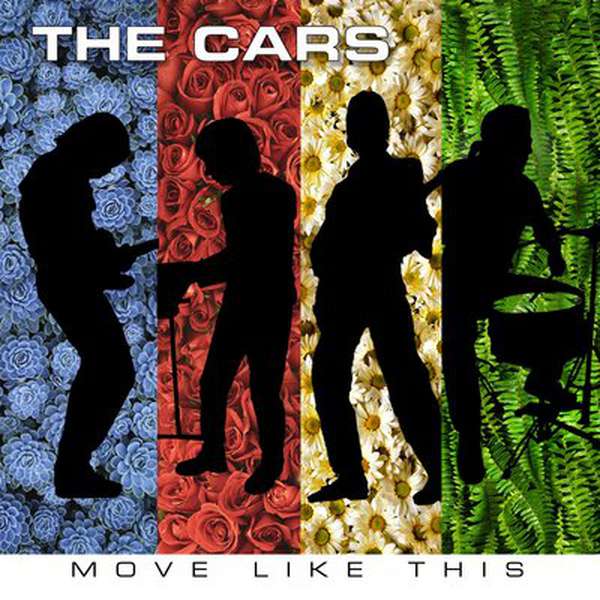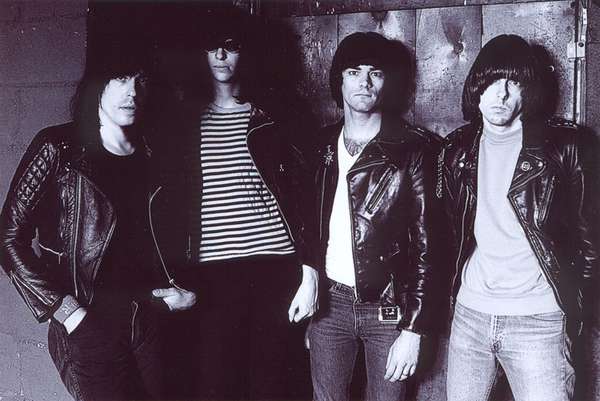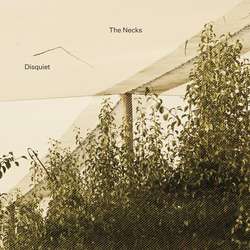I'd like to take a moment to quote Ric Ocasek, circa 1997, on the subject of The Cars reuniting at some point in the future:
"I'm saying never, and you can count on that."
I guess that makes him the Brett Favre of rock music, because one spinoff project and 23 years after their breakup, here I sit, holding a copy of 2011's reunion album, Move Like This.
I'll be honest, their music doesn't sound particularly new or vastly different from their earlier work, and they haven't really added much in the way of musical depth to their songs. But that's actually quite fine with me; we haven't had an album from The Cars since 1987, and hearing that familiar steel-plated eighties sound is actually quite refreshing and nostalgic looking back from 2011. I also don't think anyone (aside from a few insane audiophiles, perhaps) actually listens to The Cars for deeply rewarding music. Every sane human being, myself included, listen to The Cars because we like silly pop rock every once in a while.
And that's where this album really delivers: it is almost impossible not to enjoy listening to it. I don't know how they managed it, but The Cars have delivered some of the most delicious riffs of their career. “Blue Tip” is the perfect opener, complete with a crushing, engaging chorus and wailing guitar lines. “Keep on Knocking” is a powerful and unforgiving rocker that features some particularly juicy melodies and even halfway-decent guitar solo. “Sad Song” also has some of the most forcibly-ass-shaking moments to be found on any album from The Cars, and “Free” has just enough subtle artiness about it to be an extremely interesting listen.
Not all of the songs on here are perfect, but that's to be expected. “Drag On” in particular feels unusually weak, being just a bit too repetitive and without much substance to grab the attention. In addition, the ballad “Soon” feels just a bit too forced to be enjoyable, sounding a bit strained at the edges instead of sweet. The other ballad, “Take Another Look,” isn't as bad, but has an unfortunately weak chorus that rather ruins an otherwise enjoyable song. Thankfully, these moments are in the minority, and don't ruin the general air of the album.
While it isn't as good as The Cars, it actually comes surprisingly close. Move Like This is better than we had any right to expect, and while not a perfect album, will certainly be a welcome addition to The Cars' catalogue, as well as pleasing any fans of classic rock, pop rock, and art rock alike.





